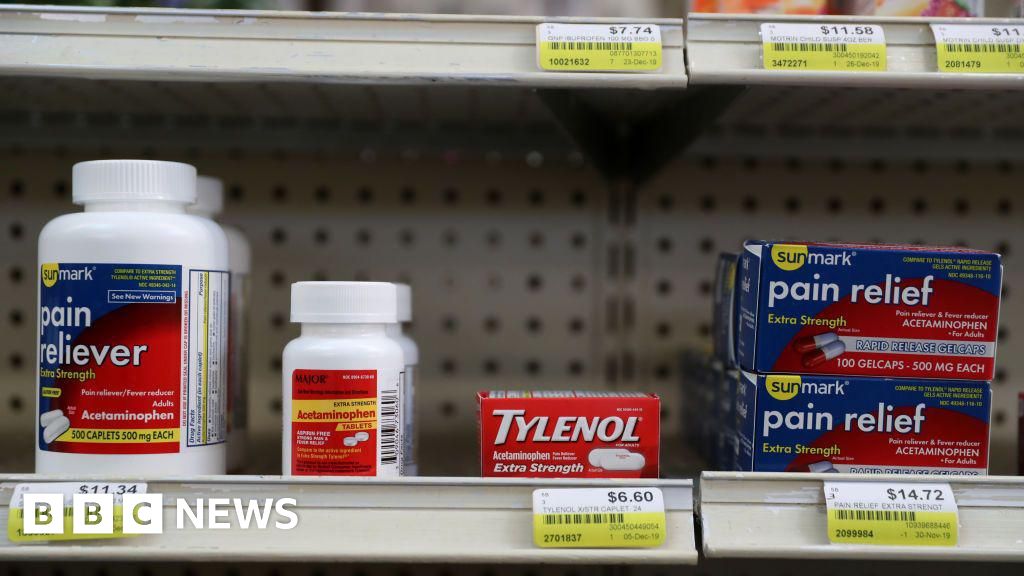Chasing False Hope: The High Cost of Unproven Autism Therapies

Chasing False Hope
For Dana Paduchowski, a Michigan mother of three autistic children, the quest for relief led down a costly and often dangerous path. Desperate for breakthroughs, she spent over $30,000 on unproven therapies, from chelation and hyperbaric oxygen to restrictive diets and supplements. Each new treatment promised transformation, but most delivered only fleeting improvements or setbacks, leaving behind stacks of bills and test results as reminders of hope lost.
The Allure of Unproven Treatments
Families like Dana’s are often lured by powerful testimonials and inflated claims, especially online. Many autistic individuals try alternative therapies at least once, despite limited scientific support. Clinicians warn that these approaches can drain finances, waste precious time, and even cause harm, all while parents grapple with guilt and fear of missing out on a cure.
Experts Urge Caution
Medical professionals stress that autism has no cure, but behavioral therapy and certain medications can help manage symptoms. The real cost of chasing false hope isn’t just financial—it’s emotional, exhausting families who want nothing more than to help their children thrive.








